Ahrmur
An underground exodus
The population who used to occupy the northern regions of the Akharmur Empire, to escape the conflagration separated into two groups following their natural predisposition. The group of people that would, eventually, become Ahrmur seek refuge from the war underground expanding natural grottos and caves and turning them into a suitable refuge. Differently from other dwellers of the underground, they've never considered the underground has a permanent place to leave. Therefore, as soon as it was possible they have started to move back to the surface, turning their former housings in crypts where lay to rest their dead people. The communities formed this way turned into city-state with strong individuality that eventually joined together to face external perils, as from east they faced constant attacks from goblinoid tribes and in the south the rising Dragon Empire was looming presence.
Deeper than blood and sharper than steel
From an outsider's point of view, Ahrmur society is difficult to understand and is often considered to be retrograde and hostile. Some of the social rules can only be understood by looking at them from the inside. One of the pillars of the Ahrmur social structure is revenge, which is regulated by one of the first written legal codes on the continent and it is based on the principles of proportionality, prudence and progressiveness. For the Ahrmur social and legislative order, revenge is not an act of violence, but a measure to restore the balance of society, altered by a criminal act. Therefore, the Ahrmur have the duty to defend their honour, as well as that of the communities to which they belong. In the history of the Ahrmur people, there have been long-standing feuds between neighbouring families or towns, sometimes over trivial matters, but with a double link to the honour of the individual, the family or the community. An individual who does not defend his honour has no right to create a family or to be protected by the state. As a result, many families are formed within the community of origin following a strict courtship ritual that strengthens the relationship between the families of origin; breaking this protocol is considered an offence and is therefore subject to the laws of the revenge.
Square jaws and ice cold eyes.
The complexion of the Ahrmur is very light, with the exclusion of the moon elves and some giants are perhaps the whitest humanoids on the continent. Facial hair is light in colour from brown to platinum blonde, while red hair is an exceptional occurrence. The eyes are predominantly light blue or grey. The forehead is usually broad and prominent, the jaw is strong even in females, and the nose is wide and often curved downwards, like a kind of beak. Among the men it is quite common to wear a braided beard and loose hair, both long. Among women, full lips and strong hips are appreciated as aesthetic canons, and it is customary to shave, sometimes with geometric or tribal motifs, the temples to look fiercer.
Traditional ahrmur names
Among the names common in the Ahrmur territories, some are almost exclusive to these areas and often originate from the fusion of two words in the Ahrmur language. For example combinations of alt, ade, beo, brand, engar, fred, liut, wulf to name a few to form names such as Liutprand/a, Berengar/ia, Adelbrand/a, Beowulf/Berwulfa, Atelwulf/a, Alfred/a, Wulfgar/ia. The surname is indicated by the preposition ut followed by the maternal name.
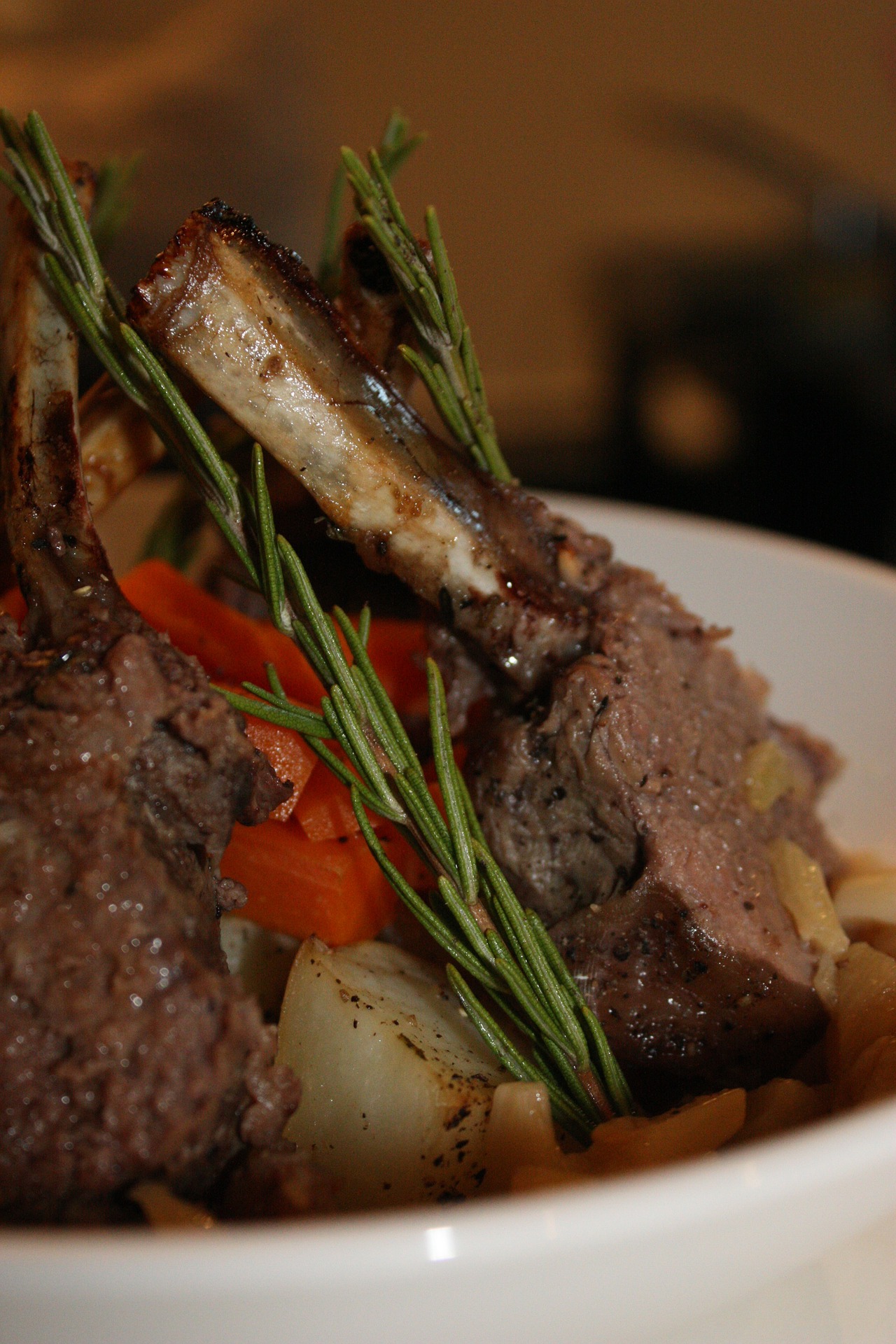
If you can hunt it, you can cook it
Ahrmur have a long tradition of hunting, as the steep, hilly terrain was inadapt to breed livestock and poorly suited to cultivation. Therefore, their culinary tradition is a wealth of meat recipes, with roasts and stews for every palate. In addition, meat could be processed by smoking or curing producing hams, salamis and sausages celebrated throughout the continent, including the most famous and expensive Manticore sausage.
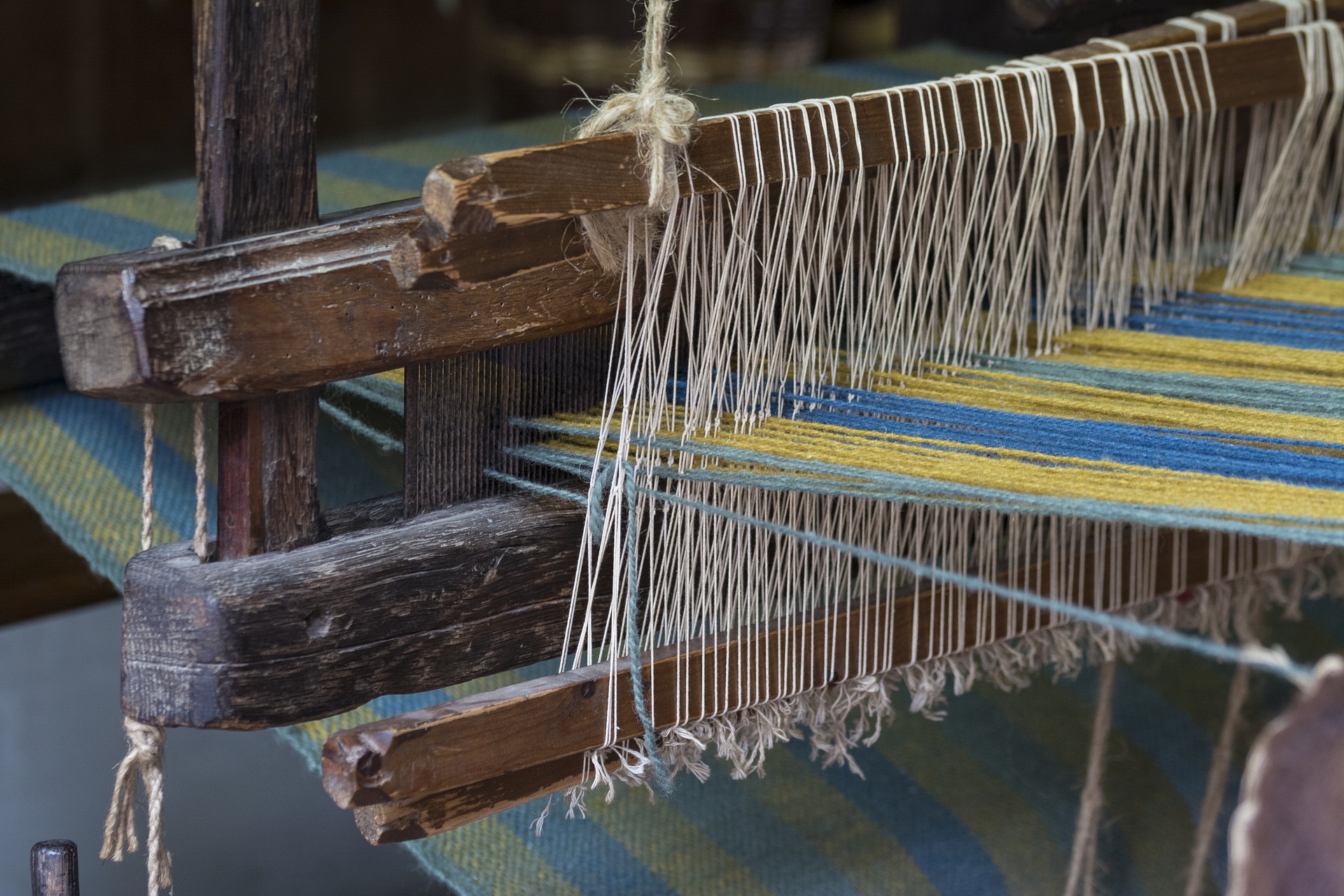
Looms and furs
Among the ahrmur, individuals belonging to the non-rich classes commonly wear garments, locally produced by weaving Alpex wool on the loom. This wool is very soft to the touch and warm, but difficult to card and therefore requires a great deal of patience. The spun wool is dyed, before being woven, using natural dyes extracted from plants, flowers and some clays. Among the wealthy or noble classes, it is customary to wear clothes made or decorated with fur instead. Because of their symbolic value, certain furs acquire a rather high commercial value and are much sought after by hunters. People in marital mourning, of all genders and social classes, are expected to wear black clothing for an appropriate period. Premature termination of such mourning may be considered an indignity by the family of the bereaved.
Digging into magic
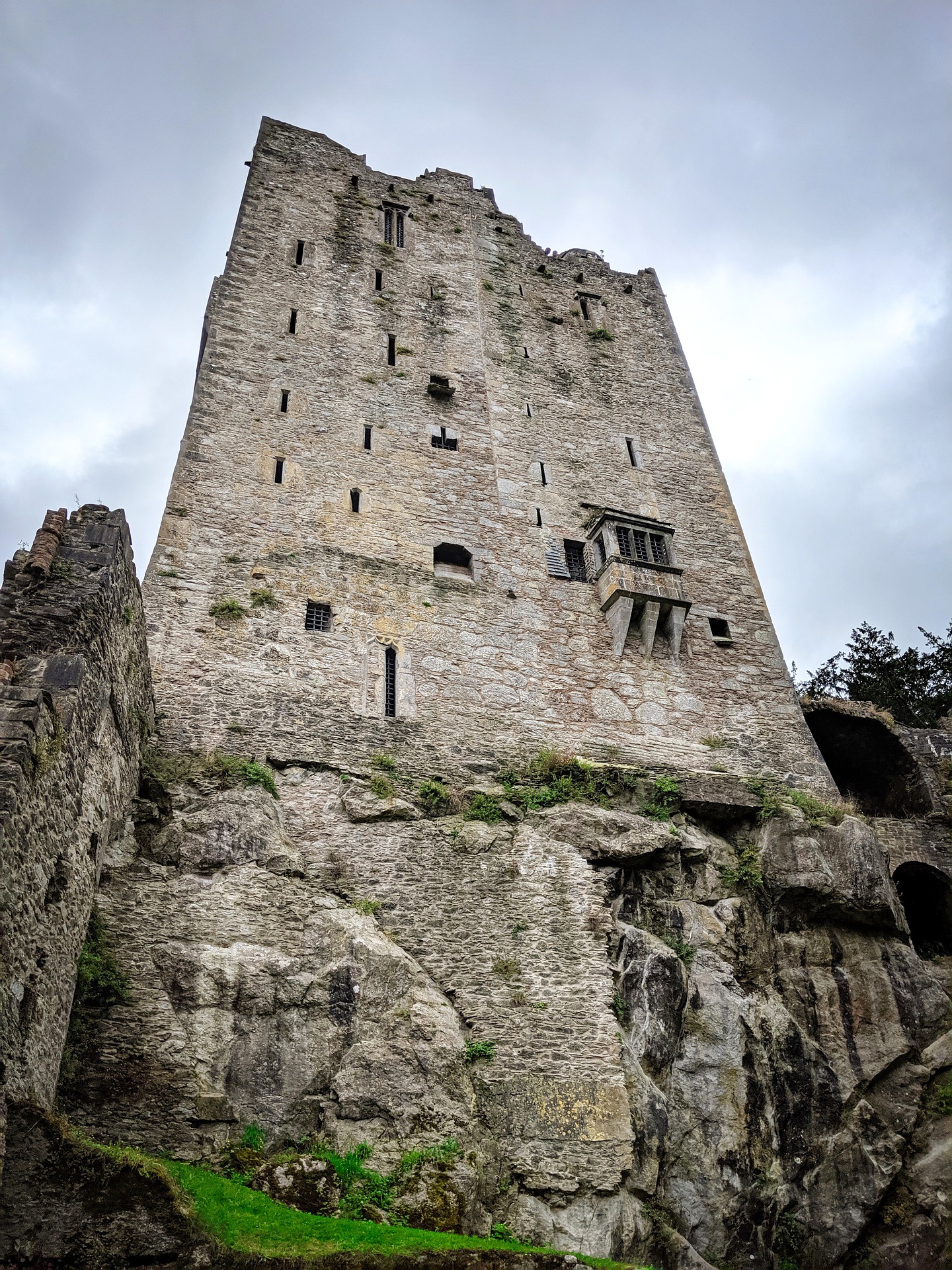
Although even among Ahrmur there is a justified mistrust of arcane magic users, they have historically had strong relations with Earth elementalists: Geomancers. These magic users, close to the cult of Danu, which is also very strong in the Ahrmur lands, have contributed to the survival of the Ahrmur people in the centuries following the conflagration, thus earning the respect of the people. Some communities, especially in the interior, are home to seers and practitioners of spontaneous and traditional magic. The most worshipped deities are Danu, Morrigan, Lugh and two of his three sons Luchtaine and Goibniu, and where their cults are strongly represented divine magic is respected, in areas where their presence is weak it is rather feared. In the Ahrmur lands there are also two enclaves of cults that are less common elsewhere: to the north-east, extending also into the lands of the Agorians, there is an area strongly devoted to Cliddhna, lady of winter and of the undead, while in Alkar stands the largest sanctuary of Oghma, lord of writing and knowledge, with its monumental library that opens its doors only to those who show themselves worth.

When technology becomes art...
The Ahrmur are not a people particularly known for their artistic creations, at least if we limit ourselves to the traditional arts. However, the metallurgical creations of the Ahrmur are commonly regarded as genuine works of art. Thanks to their knowledge of the bowels of the earth, they were the first humans to recover the use of iron and to experiment with the use of alloys, unknown at the time of the Akharmur Empire. The best blacksmiths of the human race are all of the Ahrmur ethnic group, and they can boast of making blades and objects that are qualitatively very close to dwarven artefacts, with considerable stylistic differences. In all honesty, the Ahrmur prefer to make double-edged swords and folding knives with handles made of Alpex horn. In addition to these there are a number of common or decorative tools and protective artefacts such as crests and armour.
For the glory or for life...
The favourite sport in the Ahrmur territories is pit wrestling, which is regulated to be hand-to-hand or armed. The former is considered more prestigious and those who take part enjoy fame and riches. The highlight of the fighting season is the bash, a no-holds-barred fight that takes place during the the Raven's festival. The second, apart from being much more lethal, is mainly practised by slaves and foreigners and Ahrmur who decide, for whatever reason, to take part are looked upon with suspicion. Slavery in the Ahrmur territories is legal and accepted, but since it is not possible to transfer slaves through the Kharmian and Sayth territories, they are often freed at the border, but far from home and without means of survivability, they often accept to fight in the arenas for a salary and the hope of a better future. Other sports practised by Ahrmur people are boot throwing, tug-of-war and caber tossing.

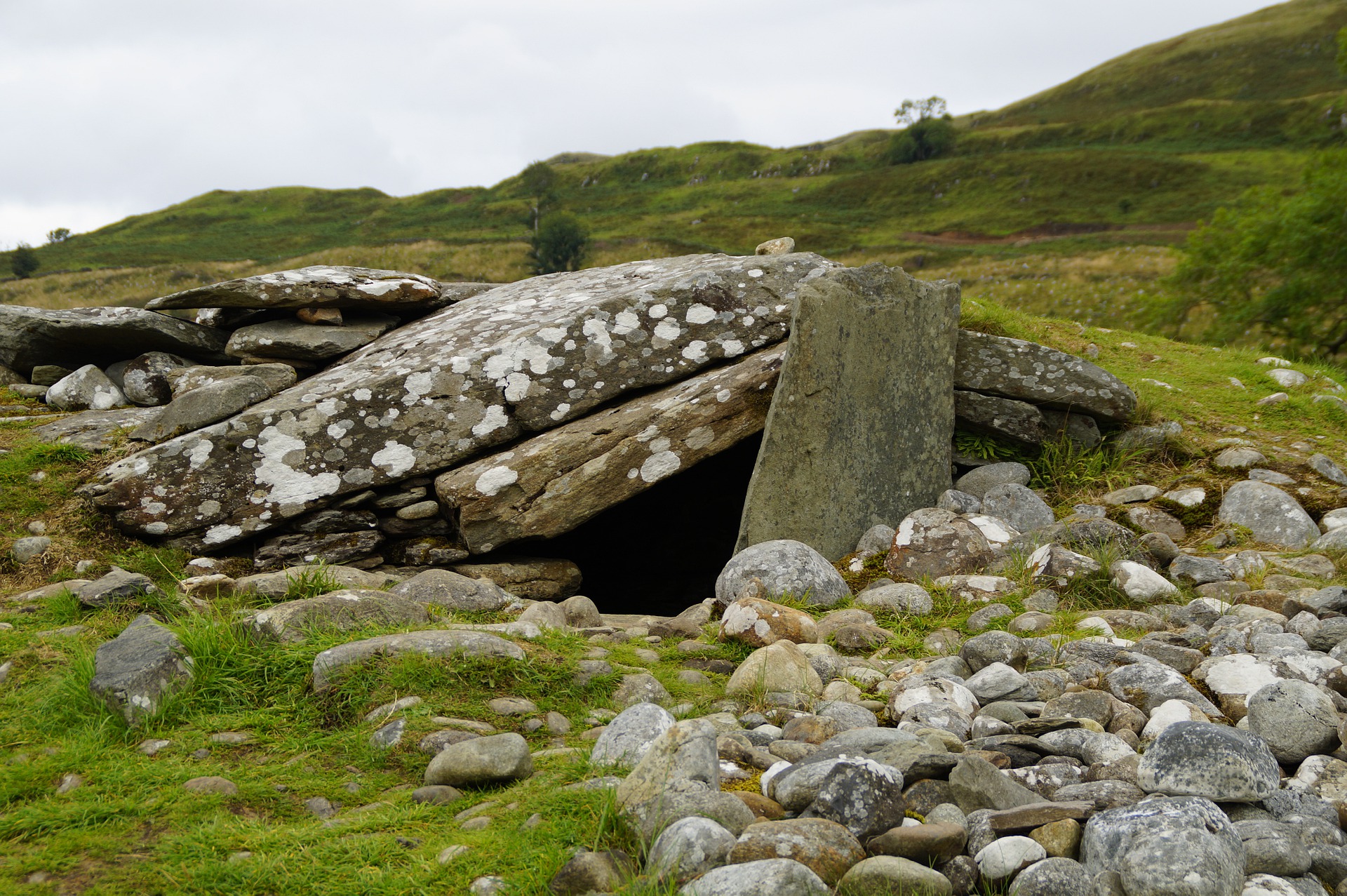



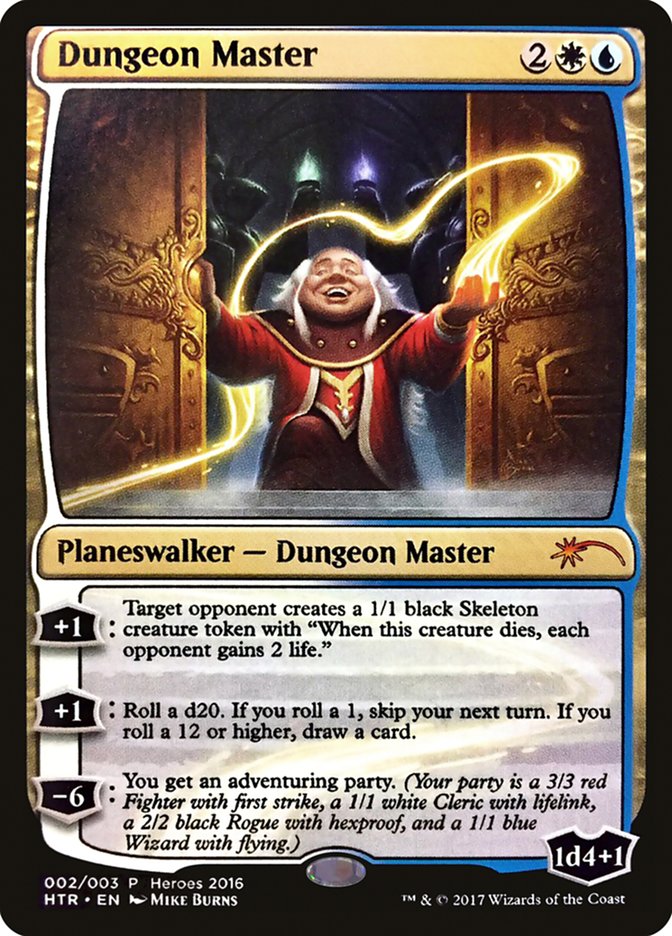
An enjoyable read my king. A very good article of information about this Ethnicity. I also really like the images you used. Aemon
Thank you, when I am struggling to find the flow of the sentences I go to search on Pixabay for suitable images. It is a mine of treasures!